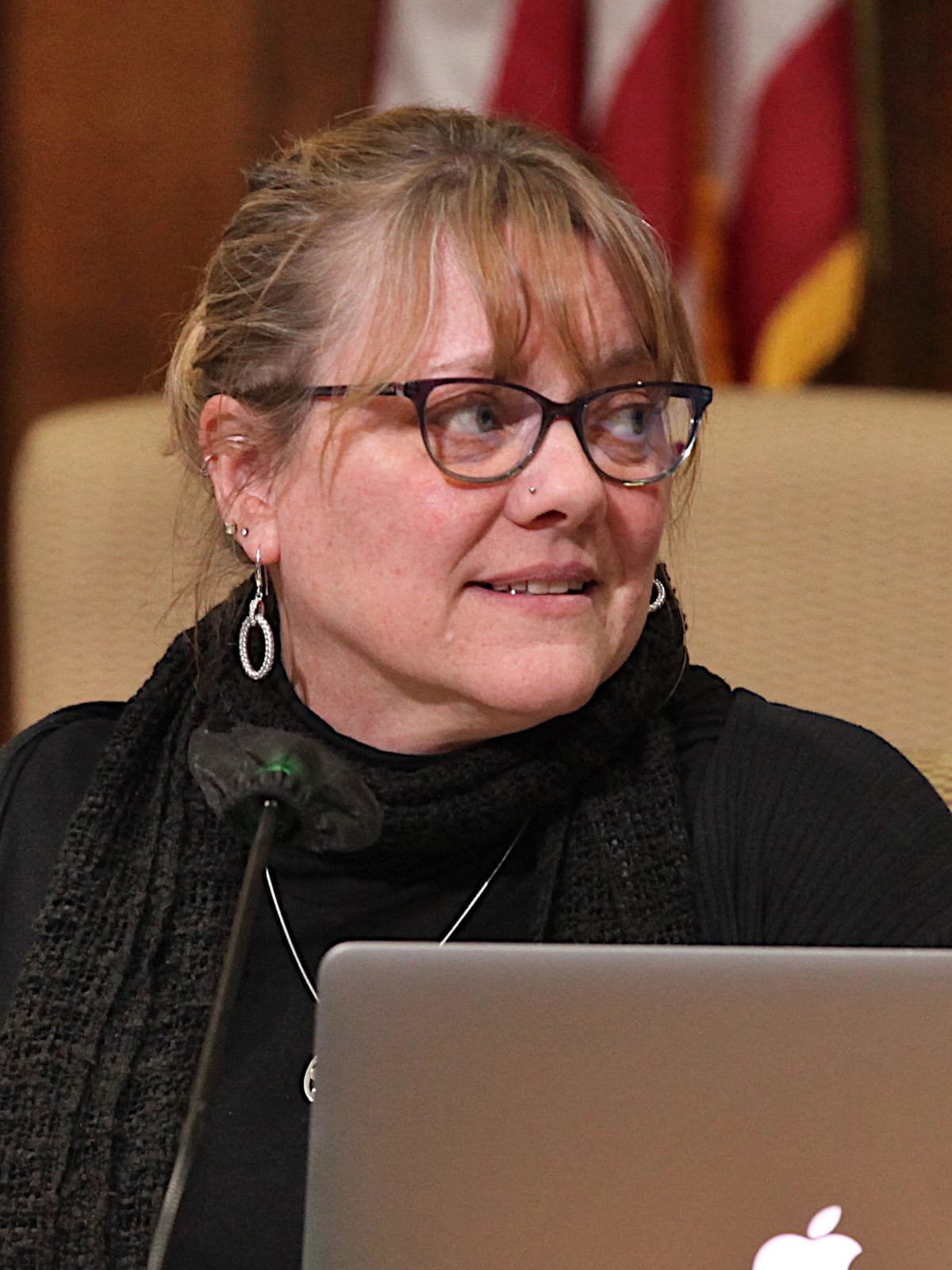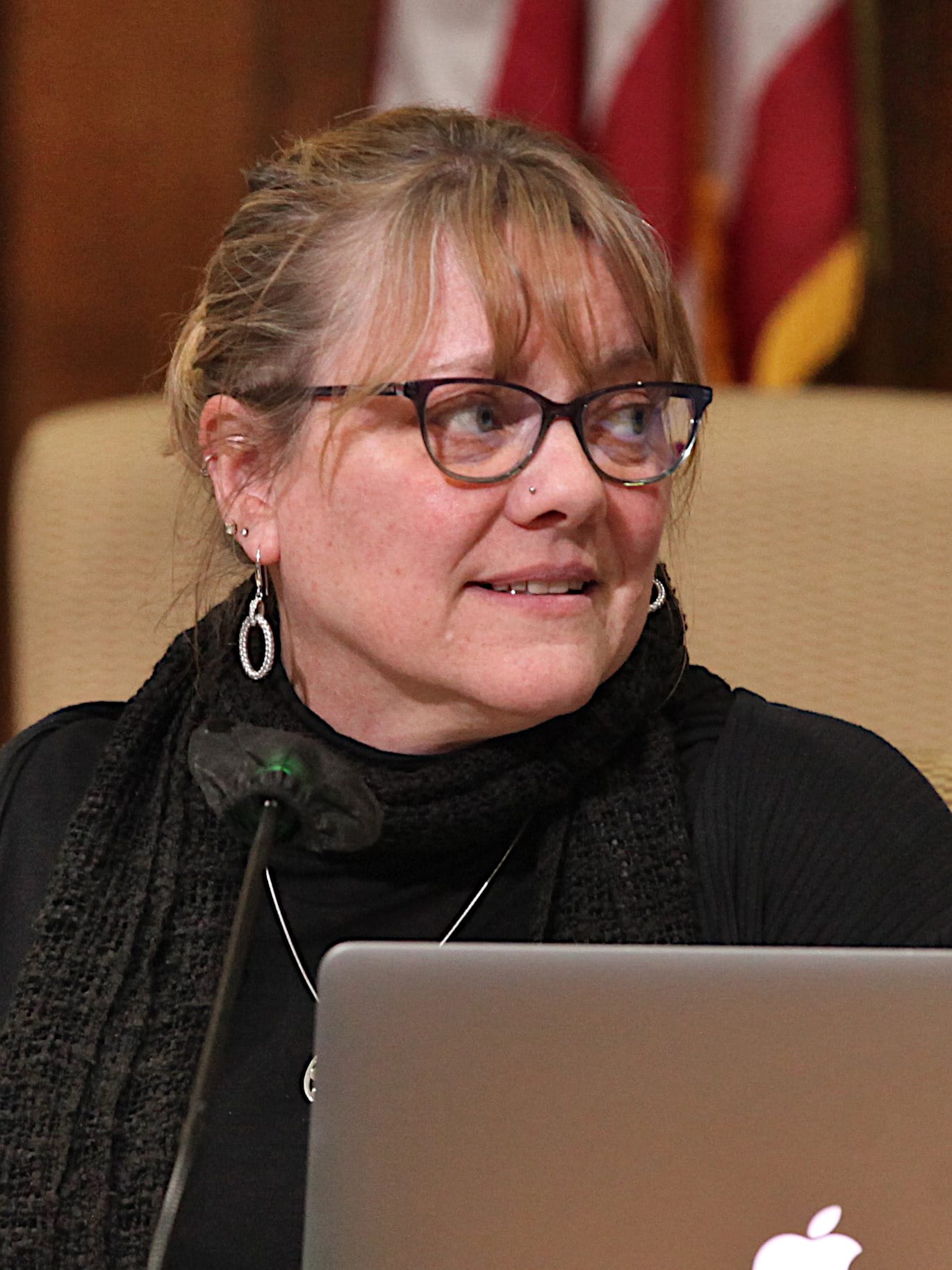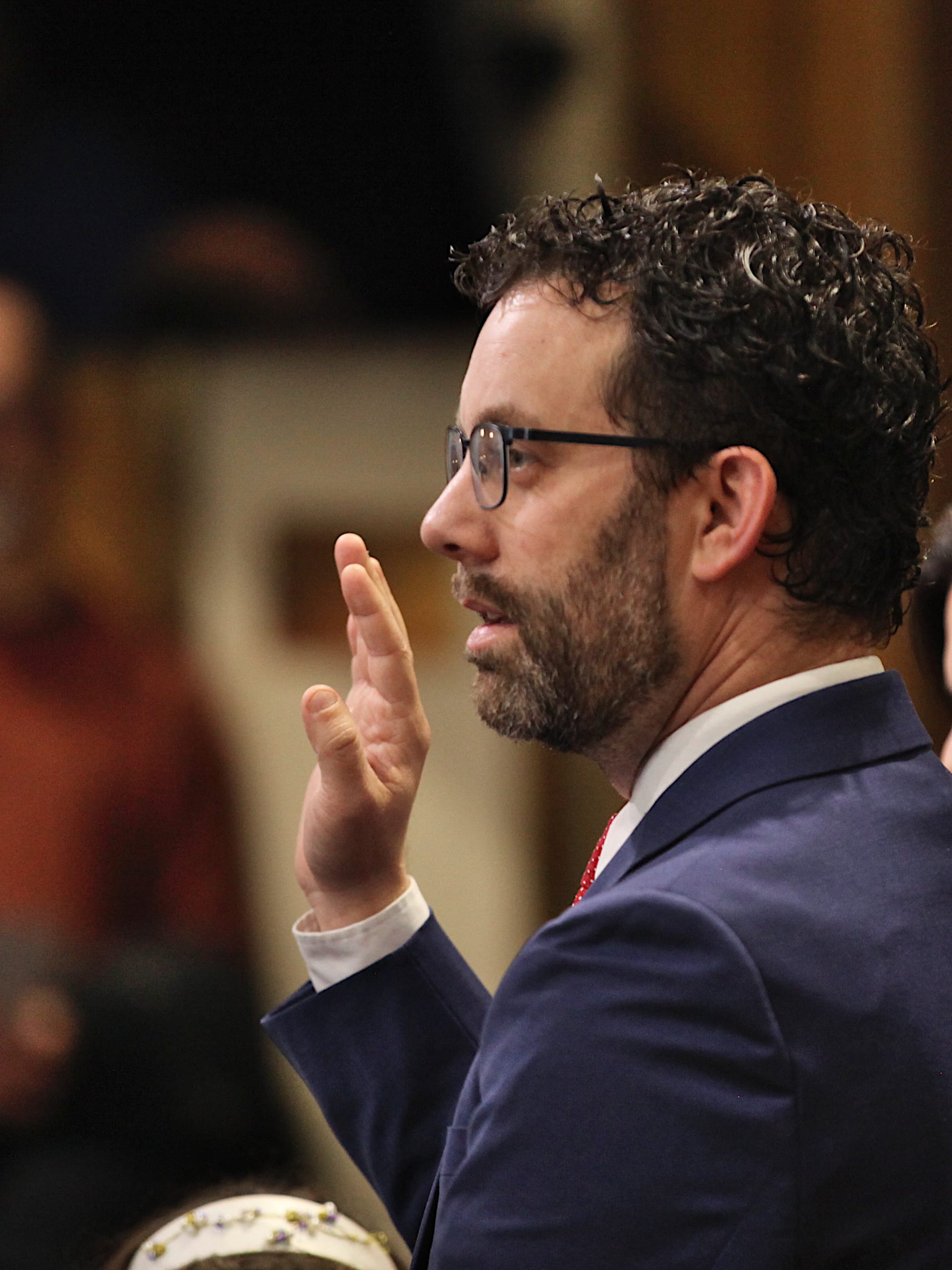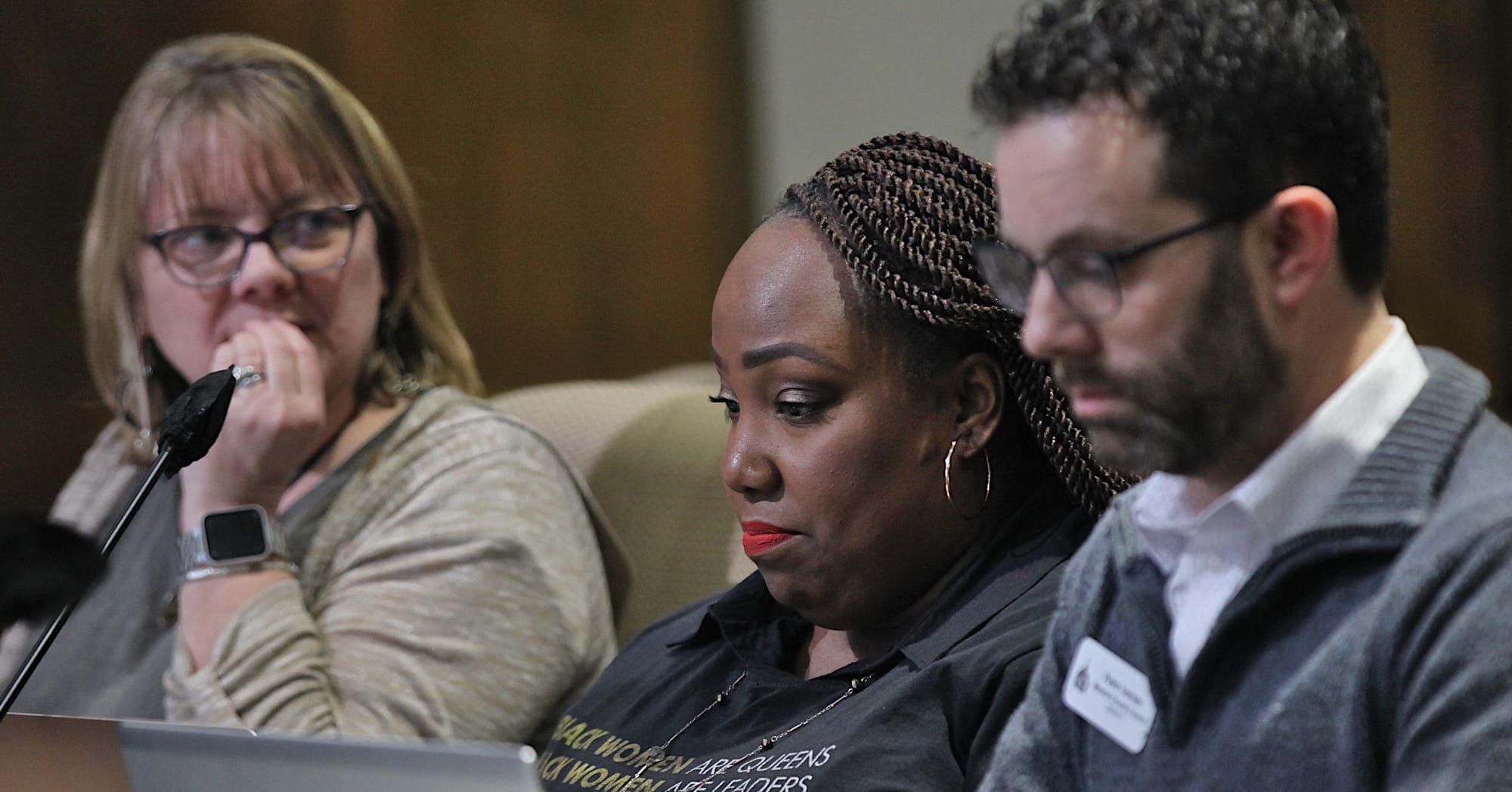June 5: Monroe County’s new justice finance advisory committee set to meet




At its May 23 meeting, the Monroe County council voted unanimously to appoint three of its seven members to a committee it had already created two weeks earlier, on May 9.
The committee is supposed to dive into the question of how to pay for new facilities, to address the findings of unacceptable conditions at the current jail.
The new committee, which is called the justice finance advisory committee (JFAC), includes councilors Jennifer Crossley, Peter Iversen, and Kate Wilz.
The JFAC is now set to hold its first meeting on Monday at 4:30 p.m. in the Nat U. Hill Room of the county courthouse.
The resolution establishing the committee includes among several duties: “obtaining key information from local stakeholders to help facilitate responsible informed financial decisions and identify budget priorities that best address the community’s justice needs.”
It was not a surprise that Crossley, Iversen and Wiltz were chosen for the council’s JFAC.
The trio already serves as the county council’s contingent on the community justice response committee (CJRC), which was created nearly two years ago, in August of 2021, by the county commissioners.
The word “response” in the name of the committee is a reference to two reports from consultants hired to study the local criminal justice system. The reports were delivered almost two years ago, in July 2021. The CJRC’s work is supposed to respond to the two reports.
The reports from the two consultants—RJS Justice Services and Inclusivity Strategic Consulting—highlighted a number of challenges in Monroe County’s criminal justice system.
The past six months of work by the CJRC, which now has 11 members, has been fraught with conflict over various issues, including the composition of the committee itself. In mid-April, the county commissioners suspended meetings of the full CJRC in favor of smaller subgroups. The focus of subgroups is supposed to include: facilities, judicial process, treatment, and release re-entry. But no subgroup meetings have appeared yet on the county’s master calendar.
The county council’s JFAC can be analyzed as an effort to maintain some activity on the question of a new jail, even if it is confined to the county council’s focus as a purely fiscal body.
The JFAC consists of just the three county councilors—Crossley, Wiltz and Iversen—but also includes several ex officio non voting members.
The ex officio members include: a person with lived experience incarcerated at the Monroe County jail; a criminal judge; a civil judge; a representative from the prosecutor’s office; a representative from the public defender’s office; a representative from the sheriff’s office, a representative from a community behavioral health center like Centerstone; a member from the Bloomington police department; a representative from the Monroe County health department; a Monroe County commissioner; a representative from the city of Bloomington community and family resources (CFRD) department; and a member of the Bloomington city council.
The first meeting of the JFAC looks like it will be mostly organizational in character.
One topic that the JFAC could eventually scrutinize is revenue sources to pay for the construction of a new jail.
Just over a year ago, Bloomington’s city council enacted a 0.69-point local income tax increase for all of Monroe County. In 2023, the county’s share of the $28.2 million generated by the increase is about $10.9 million.
Up to now at public meetings, county officials seem to have been assuming that to build a new jail facility, the county would rely just on its share of revenue from local income tax increase.
Avoided at public meetings so far has been much talk about cost estimates for a new facility, mostly because it’s not clear how big a facility the county commissioners decide to build. But the working assumption appears to be that it’s significantly more than $57 million—which is the two-year-old high-end estimate in the consultant’s report for the amount it would take to renovate the current jail.
Given some of the other budgetary claims on the new local income tax revenue, it’s not clear that it would stretch far enough to construct a new facility—with all of the courts, public defender and prosecutor’s offices, and possibly treatment facilities located in one spot. That’s why some of the discussion last year, about building a new facility in south Bloomington near Fullerton Pike, included phases of construction—first the jail and a courtroom or two, followed by other judicial infrastructure.
The Fullerton Pike location was nixed by the Bloomington city council, when it denied the rezone of the property that would have been required to build a jail there.
Another source of funding that has not received any airtime at public meetings is the possibility of enacting a specific income tax just to construct a jail. Such a tax is possible under state law: IC 6-3.6-6-2.7
Passage of a new jail tax would require just a vote of the county council. Up to 20 percent of the revenue from such a tax could be used for operating expenses for correctional facilities and rehabilitation facilities in the county.
A tax to support a new jail would be limited to 0.2 percent, for no more than 25 years.
Based on the $28.2 million that a 0.69 percent tax is supposed to generate in 2023, a 0.2 percent tax would generate about 8.1 million a year.




Comments ()